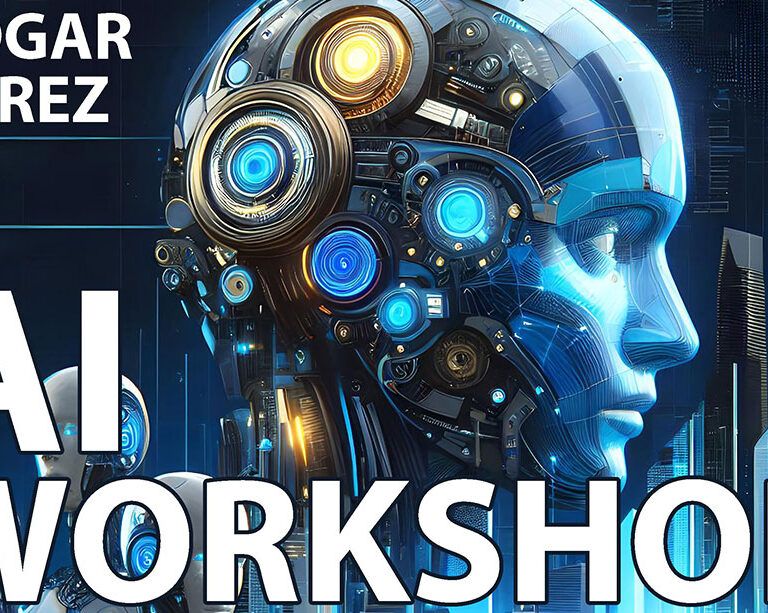 Imagine a world where a simple cough can reveal the secrets of your health. A world where the sounds of your body can be used to detect diseases, even before symptoms appear. Welcome to the future of healthcare, where Google’s innovative bioacoustics model is trying to change the game.
Imagine a world where a simple cough can reveal the secrets of your health. A world where the sounds of your body can be used to detect diseases, even before symptoms appear. Welcome to the future of healthcare, where Google’s innovative bioacoustics model is trying to change the game.In a groundbreaking announcement, Google revealed its latest breakthrough in AI-powered healthcare: an AI model that can detect diseases from human sounds, specifically coughs. This revolutionary technology has the potential to transform the way we approach healthcare, especially for the billions of people around the world who lack access to basic medical care.
The Power of Bioacoustics
Bioacoustics, the study of the sounds produced by living organisms, has been around for decades. However, recent advances in AI and machine learning have enabled researchers to tap into the vast potential of bioacoustics for healthcare. By analyzing the unique acoustic patterns of human sounds, scientists can identify subtle changes that may indicate the presence of a disease.
Google’s bioacoustics model uses a combination of machine learning algorithms and large datasets of cough sounds to detect patterns that are indicative of specific diseases. The model is trained on a vast array of cough sounds, each labeled with the corresponding disease or condition. This allows the AI to learn the unique acoustic signatures of different diseases, enabling it to detect them with remarkable accuracy.
A Game-Changer for Global Healthcare
 The implications of the giant’s bioacoustics model are staggering. According to the World Health Organization (WHO), half of the world’s population lacks access to essential healthcare services. In many developing countries, medical facilities are scarce, and diagnosis often relies on outdated methods. The model has the potential to provide a low-cost, non-invasive, and accessible diagnostic tool.
The implications of the giant’s bioacoustics model are staggering. According to the World Health Organization (WHO), half of the world’s population lacks access to essential healthcare services. In many developing countries, medical facilities are scarce, and diagnosis often relies on outdated methods. The model has the potential to provide a low-cost, non-invasive, and accessible diagnostic tool.Imagine a scenario where a patient in a remote village can simply cough into a smartphone app, and receive an instant diagnosis. No need for expensive medical equipment or lengthy hospital visits. The bioacoustics model can be integrated into mobile apps, wearable devices, or even smart home assistants, making the first step in the healthcare process more accessible than ever before.
The Future of Disease Detection
Google’s bioacoustics technology can be expanded to analyze other human sounds, such as heartbeats, breathing patterns, or even the sounds of the digestive system. This opens up new possibilities for detecting a wide range of diseases, from cardiovascular conditions to gastrointestinal disorders.
The potential applications are vast:
- Early detection of respiratory diseases: By analyzing cough sounds, the model can detect early signs of respiratory diseases such as pneumonia, bronchitis, or chronic obstructive pulmonary disease (COPD).
- Monitoring chronic conditions: The model can be used to track changes in a patient’s condition over time, enabling healthcare providers to adjust treatment plans accordingly. I can only imagine how happy my mother, who lives with COPD, would be learning about these developments.
- Detecting mental health conditions: Research has shown that audio patterns can be used to detect early signs of mental health conditions such as depression or anxiety.
The Promising Road Ahead
 While Google’s bioacoustics model is a significant breakthrough, there are still challenges to overcome. The technology requires large datasets of labeled cough sounds, which can be difficult to obtain, especially for rare diseases. Additionally, the model must be fine-tuned to account for variations in human sounds across different populations and environments.
While Google’s bioacoustics model is a significant breakthrough, there are still challenges to overcome. The technology requires large datasets of labeled cough sounds, which can be difficult to obtain, especially for rare diseases. Additionally, the model must be fine-tuned to account for variations in human sounds across different populations and environments.However, the potential rewards are too great to ignore. As the world’s population continues to grow, innovative solutions like Google’s bioacoustics model are essential for addressing the global healthcare crisis.
Google’s revolutionary model has the potential to democratize access to healthcare, enabling billions of people around the world to receive accurate diagnoses and timely treatment. As this technology continues to evolve, we can expect to see new applications and innovations emerge, transforming the way we approach healthcare forever.








